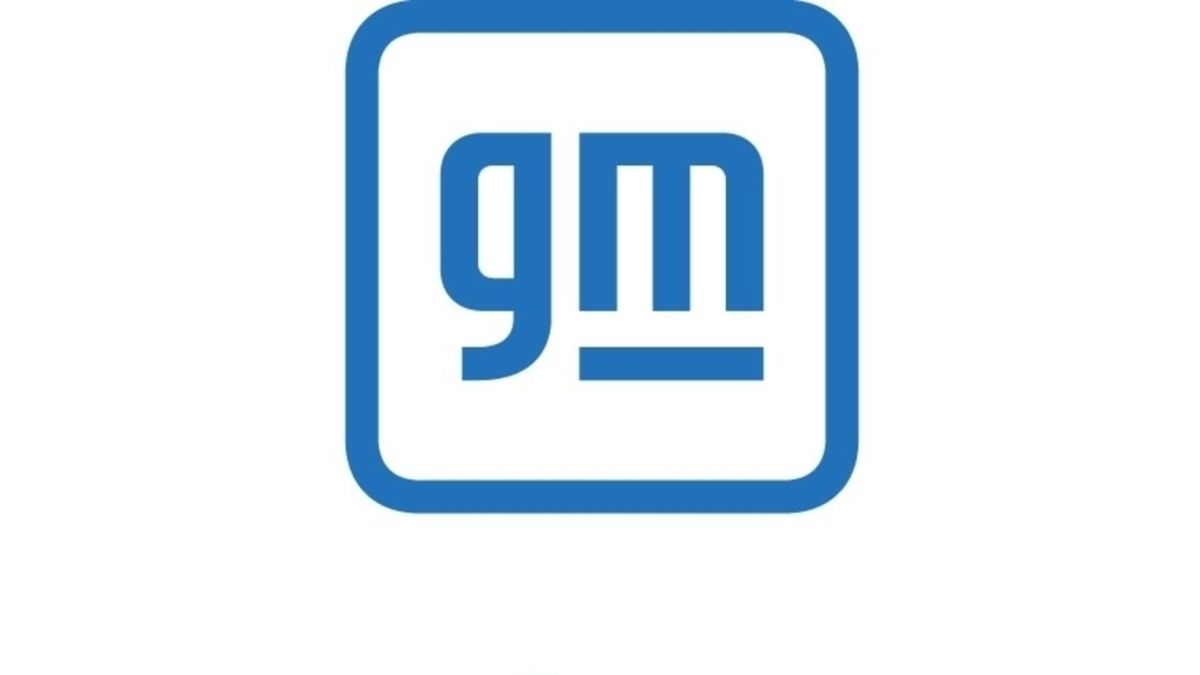General Motors and Honda say that they are expanding their cooperation on electric vehicles and the two auto giants plan to codevelop millions of affordable EVS. GM expects the vehicles to be on sale in North America in 2027. The new vehicles will be built on the Ultium battery platform that GM is already using to build the 2022 HUMMER EV supertruck as well as the 2023 Cadillac LYRIQ, 2024 Chevrolet Silverado EV and 2024 GMC Sierra EV.
"GM and Honda will share our best technology, design and manufacturing strategies to deliver affordable and desirable EVs on a global scale, including our key markets in North America, South America and China," said Mary Barra, GM chair and CEO. "This is a key step to deliver on our commitment to achieve carbon neutrality in our global products and operations by 2040 and eliminate tailpipe emissions from light duty vehicles in the U.S. by 2035. By working together, we'll put people all over the world into EVs faster than either company could achieve on its own."
"Honda is committed to reaching our goal of carbon neutrality on a global basis by 2050, which requires driving down the cost of electric vehicles to make EV ownership possible for the greatest number of customers," said Toshihiro Mibe, Honda president & CEO. "Honda and GM will build on our successful technology collaboration to help achieve a dramatic expansion in the sales of electric vehicles."
GM and Honda’s Joint Announcement
In the joint statement announcing the enhanced partnership, the two companies said that they will target the compact crossover segment for the EVs, pointing out that the compact crossover segment is the largest in the world with annual volumes of more than 13 million vehicles. They did not say where the vehicles will be built or who would build them. It is possible that each company would use the same platform and architecture and put different styled vehicles on them or what they call in the business, top hats. Honda's vehicle could look like other Hondas, while the GM version could look like GM vehicles. They said that they will leverage the two companies’ technology, design and sourcing. The statement says “The companies will also work toward standardizing equipment and processes to achieve world-class quality, higher throughput and greater affordability.” They may also develop future battery technology together.
GM is already working on new technologies like lithium-metal, silicon and solid-state batteries, along with production methods to improve and update battery cell manufacturing processes. Honda is making progress on its all-solid-state battery technology which the company sees as the core element of future EVs. Honda has established a demonstration line in Japan for all-solid-state batteries is working toward mass-production. Research and Development costs for these types of technology are huge. If the companies can cooperate, they should be able to split the costs and hopefully cut the development times.
Expanding the GM and Honda Partnership
GM and Honda are already working together on some EVs. GM is helping Honda with the Honda Prologue and another EV for Acura. The two companies are also cooperating on the development of the Cruise Origin, one of the first purpose-built fully autonomous vehicles designed for driverless ride-hail and delivery.
"The progress we have made with GM since we announced the EV battery development collaboration in 2018, followed by co-development of electric vehicles including the Honda Prologue, has demonstrated the win-win relationship that can create new value for our customers," said Shinji Aoyama, Honda senior managing executive officer. "This new series of affordable EVs will build on this relationship by leveraging our strength in the development and production of high quality, compact class vehicles."
"Our collaboration with Honda and the continuing development of Ultium are the foundation of this project, utilizing our global scale to enable a lower cost foundation for this new series of EVs for millions of customers," said Doug Parks, GM executive vice president, Global Product Development, Purchasing and Supply Chain. "Our plans include a new all-electric product for North America positioned at a price point lower than the upcoming Chevrolet Equinox EV, building on the 2 million units of EV capacity the company plans to install by the end of 2025."
It is clear that both automakers are trying to speed their EV development while keeping costs as low as possible. Hopefully, it is a scenario where consumers win in the end.
GM Photo
Follow Mary Conway at @maryconwaymedia and send her car news tips for future stories.





